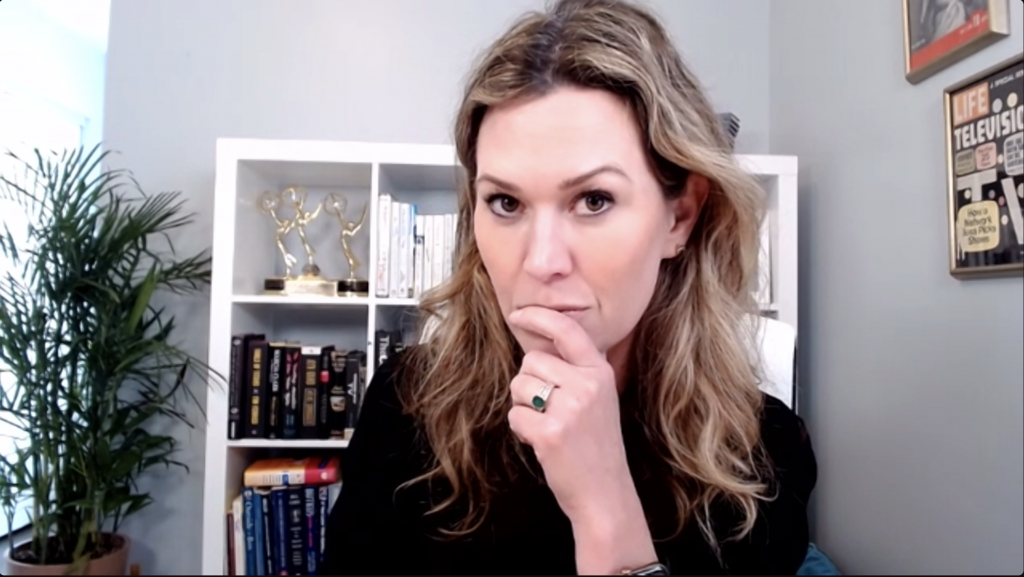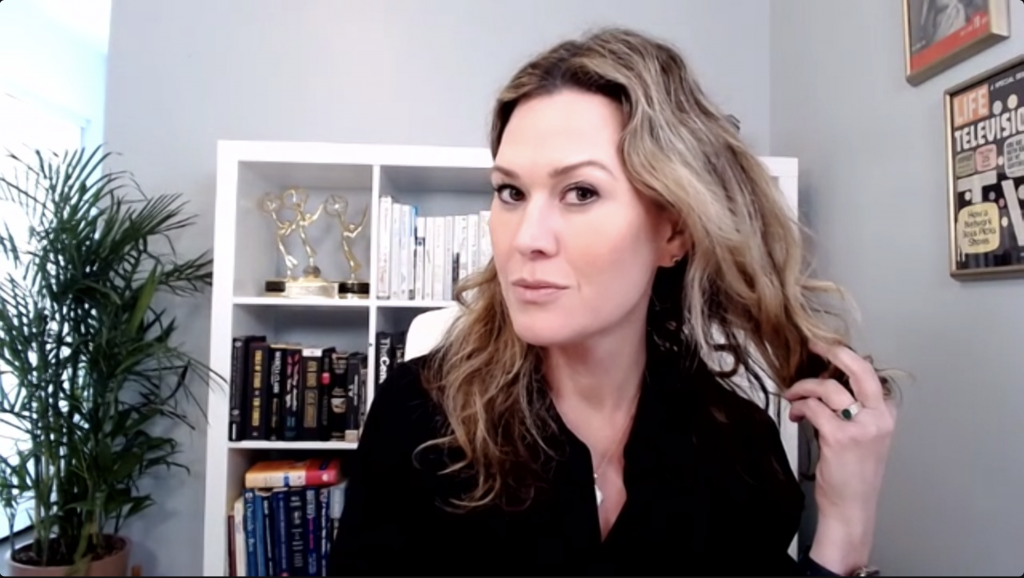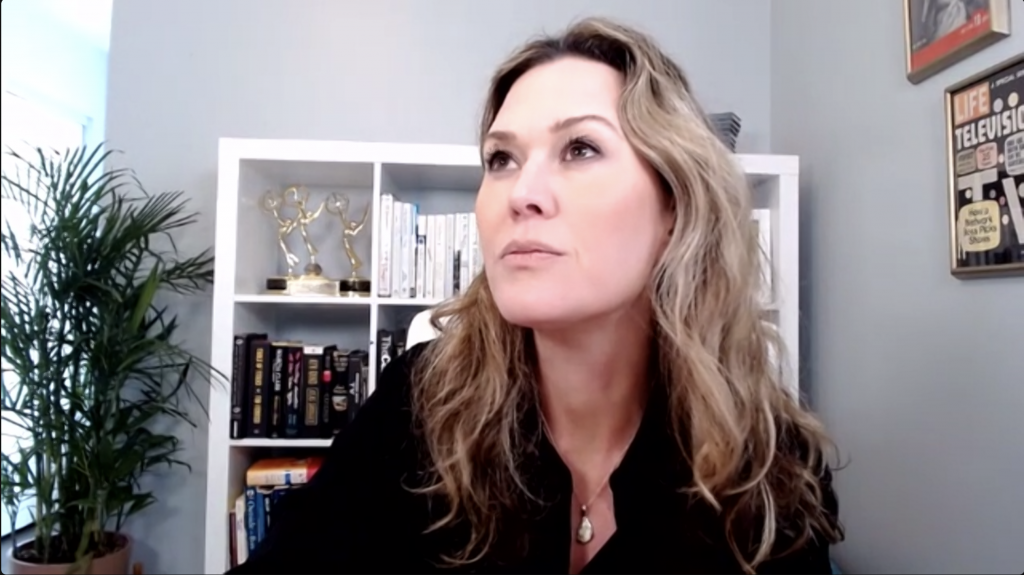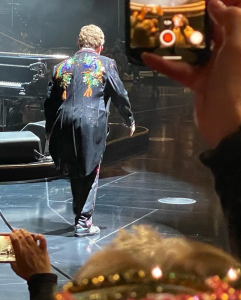In today’s digital age, first impressions aren’t just made face-to-face. They happen online, too. With platforms like LinkedIn becoming integral to professional networking, putting your best foot forward virtually is crucial. One of the first things people notice on your LinkedIn profile is your picture, making it a vital component of your online and executive presence. This is why we often shoot new headshots for leaders when we start working with them. Here’s why it matters and how you can make it work in your favor.
The Power of First Impressions
When meeting someone for the first time, you shouldn’t present yourself in a way that makes you appear small or weak. The same principle applies to your LinkedIn profile picture. Research shows that individuals judge others within seconds of seeing their photo, forming immediate perceptions. This snap judgment can influence whether someone connects with you, engages in a professional discussion, or considers you for a job opportunity.
The Impact of Composition
The composition of your profile picture plays a vital role in how you’re perceived. Leaving extra room at the top of your photo can diminish your presence, potentially sending the wrong message about your confidence and authority. Instead, opt for a headshot where your face is front and center, taking up a significant portion of the frame. This simple adjustment can instantly convey a more commanding and self-assured image.
Capturing Confidence
A head-on composition emphasizes your face and radiates confidence. When viewers see you occupying the frame, it suggests you’re self-assured and ready to take on challenges. This subliminal message can significantly enhance your online credibility and attractiveness to potential connections and employers.
Your LinkedIn profile picture is more than just an image; it reflects your professional identity. By adopting a head-on composition, you project confidence and strength, setting a positive tone for your online interactions. Take the time to ensure your profile picture represents you in the best possible light, and watch as it opens doors to new opportunities and connections in the professional world.
Remember, in the digital realm, a picture truly is worth a thousand words.

